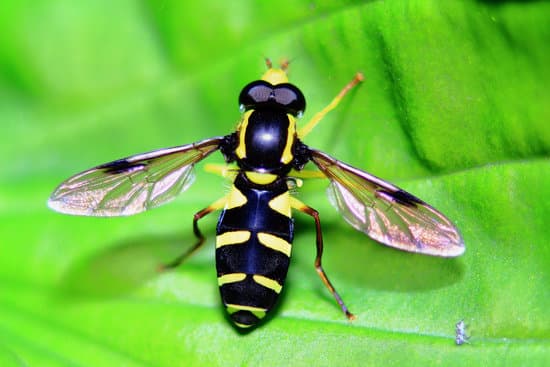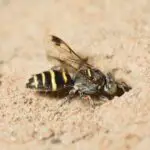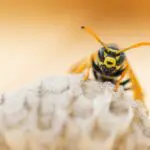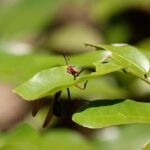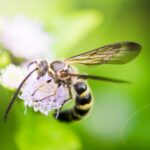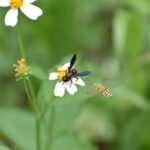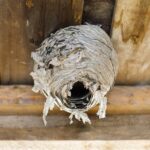Can Wasps Leave Stingers Behind?
Unlike bees, wasps never leave stingers behind. However, a single sting can cause a severe allergic reaction. This reaction is characterized by severe swelling, itching, blistering, and local pain. It can be treated at home, but it is advised to seek medical attention if the reaction is severe.
Wasps sting only when they feel threatened. In the wild, wasps use venom to paralyze prey for easier transportation back to the nest. The stinger also serves as a protective device. The stinger is designed to repeatedly strike the skin of the victim.
In the first few hours after being stung, you may not notice any damage to your skin. However, it is important to keep your arm elevated and apply a cold compress. The cold compress will help reduce the swelling and pain.
Besides the sting, you may also notice a small puncture wound. The puncture wound may contain a drop of blood in the center. If you notice a drop of blood, you should treat the wound immediately. The venom contains protein, which dissolves cement holding cells together and perforates cell walls. The protein also liberates tiny tissue debris, which normally is removed through the kidneys.
If you are stung multiple times, you can feel sick, swollen, and even have trouble breathing. You may also develop muscle weakness. If your reaction is severe, call an ambulance immediately.
Children are at greater risk for developing a reaction to wasp stings. In addition to a cold compress, you may want to use colloidal oatmeal, aloe vera gel, or hydrocortisone cream to relieve the itching. You can also wash the sting area with soap and water.
